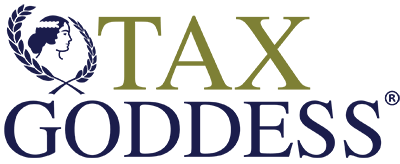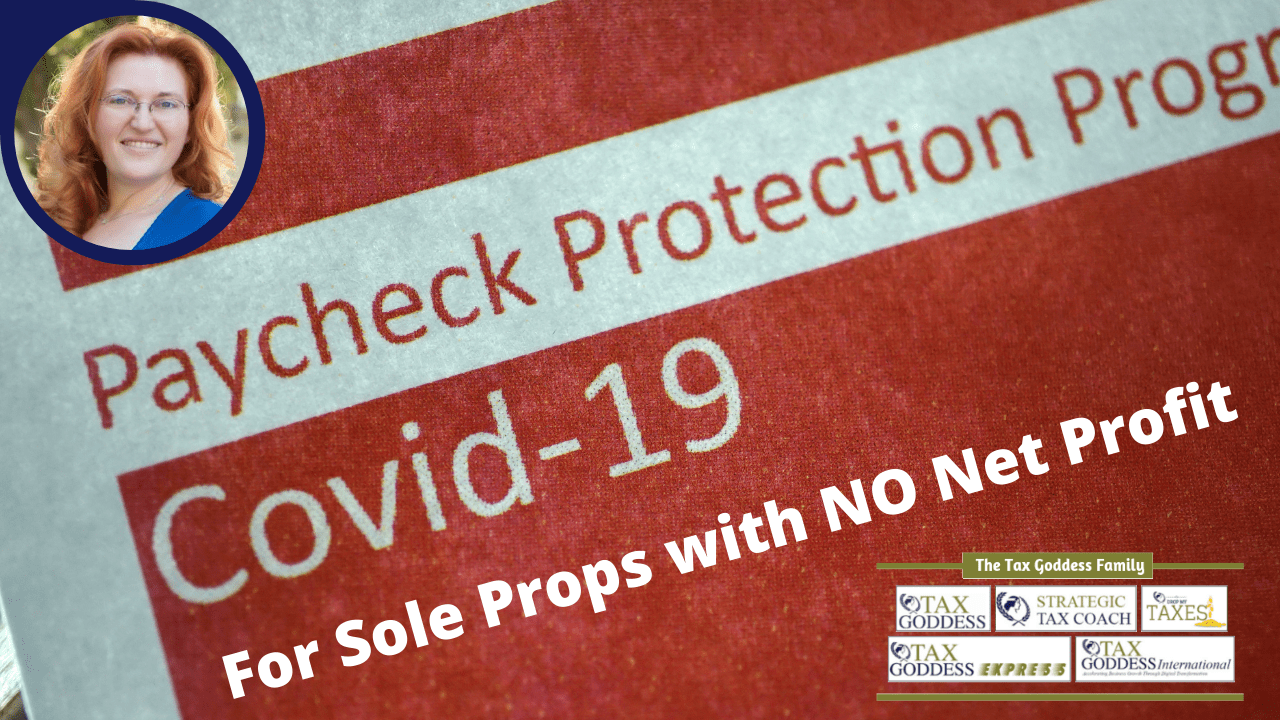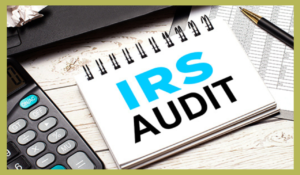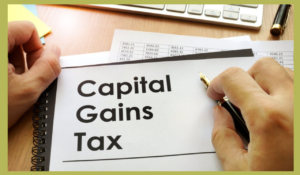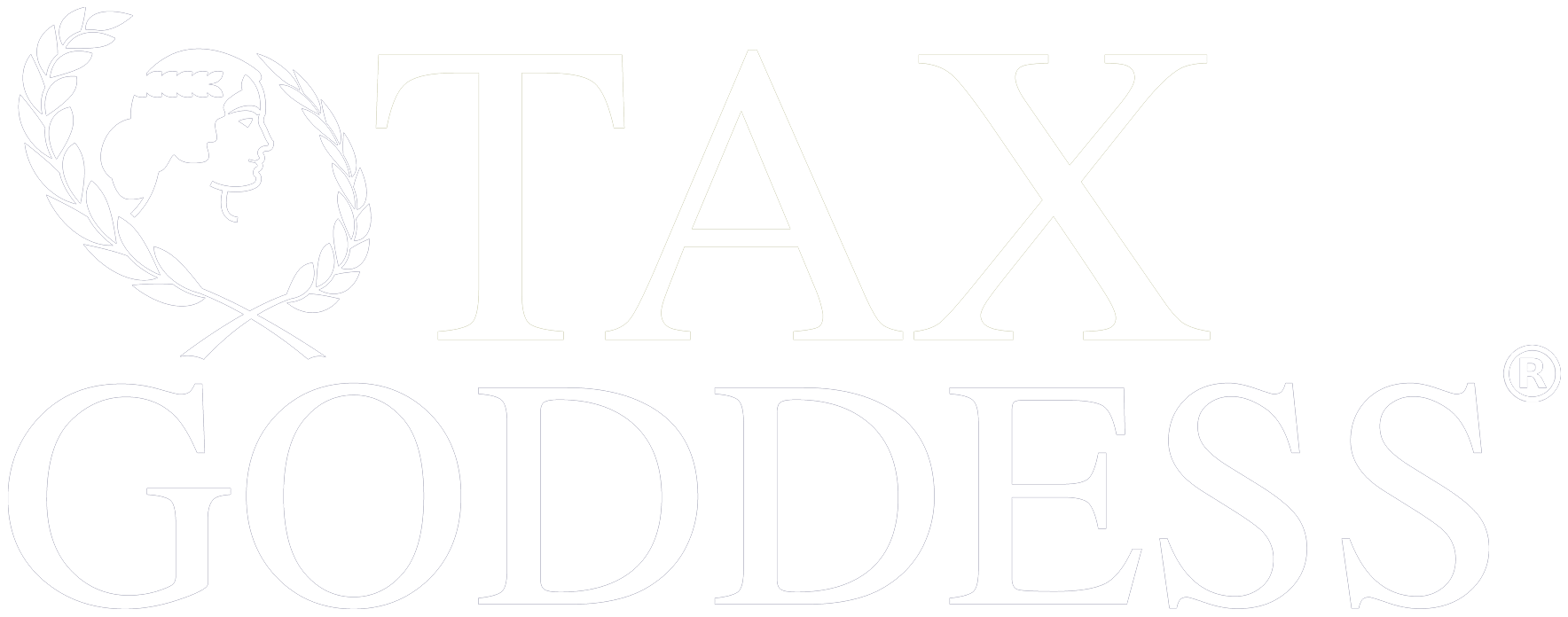New Advancements in PPP Loan Rules for Contractors, Sole Proprietors, & Freelancers by SBA
PPP or the Paycheck Protection Program was initially implemented to offer financial assistance to individuals and businesses. This was done to ensure that the small businesses are kept running and their payrolls remain intact during the COVID-19 pandemic.
Even those individuals and businesses who did not need PPP loans applied for this loan and received it anyway. They did not adhere to the recommendations by experts in the industry who suggested that only the businesses in dire need must access these loans.
On the basis of background, sole proprietors and independent contractors are people who have reported their business or trade income on Form 1040 under Schedule C of individual tax returns.
The married couples and individual owners who have one or multiple companies of limited liability owned solely by them are included in this since such companies are disregarded for income tax purposes.
On March 3, 2021, the SBA announced a new Interim Final Rule which showcased a number of crucial changes for sole proprietors and independent contractors. Some of these major changes in rules are discussed below in detail.
- Gross Income to be considered and not the Net Profit
The net income in the past year was pretty nominal since sole proprietors and independent contractors were bound to pay the operating expenses irrespective of shut down or slow down due to the pandemic. Due to the nominal net income, the sole proprietors and independent contractors were unable to borrow a substantial amount in the form of PPP loans.
As per the new rules, these business owners who filed their business returns under Schedule C of form 1040 income tax, are permitted to use their gross income to base their PPP loans. However, the reported gross income would still continue to be capped at $100,000. This means that the maximum PPP loan for a Schedule C taxpayer would remain at $20,833.
- Changes in the loan necessity requirement
The new rule by SBA also addresses the loan necessity factor for accessing PPP loans. According to the latest update, all the loan borrowers need to certify in good faith that they need the PPP loan to support their business in the current economic uncertainty.
For the Second Draw PPP loan, the borrowers need to certify that they have suffered a reduction of 25% in gross revenues. These conditions would even apply when the First Draw PPP loans cross the safe harbor which is $2,000,000.
- What if you have already accessed a loan before?
Unfortunately, all those sole proprietors and independent contractors who received their PPP loans prior to March 2, 2021, would not be allowed to carry out loan application amendments and make up for the difference.
However, if they had a reduction of 25% in revenue in any quarter in the year 2020 when compared to the same quarter in 2019, they would be eligible to receive Second Draw PPP loan.
- New borrower application form
SBA focused its efforts on developing SBA Form 2483-C which is a new form for First Draw PPP loan borrowers who have elected to use their total gross income for the loan amount calculations. In this form, the borrowers would be required to disclose their total gross income.
The new rules by SBA also explain in detail how life insurance, health insurance, vision insurance, disability insurance, and dental insurance contributions, in addition to the W-2 wages that are paid to non-owners, play a crucial role in determining the loan amounts.
- Safe harbor for First Draw and Second Draw PPP loans
In 2020, it was specified by SBA that the PPP loans where the principal amount did not exceed $2,000,000 would not be questioned. However, the reason behind taking such a loan may be questioned by whistleblowers or certain government entities.
According to the new rules, this safe harbor from SBA scrutiny with regards to loan necessity would not be applicable for all those sole proprietors and independent contractors who report a gross income greater than $150,000 on Schedule C and choose to use their gross income for loan amount calculation.
- The choice to use either 2019 or 2020 Schedule C for the loan amount determination
Before the Economic Aid Act was passed on December 27th, the rules of PPP loans allowed the borrowers to access PPP loans on the basis of 20.833% of their net income. This meant that as long as Schedule C was completed, filing returns with the IRS was not really necessary.
With the recent developments, borrowers can choose to use their Schedule C from 2020 or 2019 to determine the total First Draw PPP loan as well as the Second Draw PPP loan amount. They can qualify for this by providing necessary proof that they have suffered a gross reduction in revenues by 25% in the same corresponding quarters of 2020 and 2019.
It is important for you to note that all the above rules are not as simple as they seem to be. The details entailed by each rule are very complex and one rule that may be applicable to a particular sole proprietor may not be applicable to the other. This is why it is recommended that you consult a professional when you proceed to apply for PPP loans.


